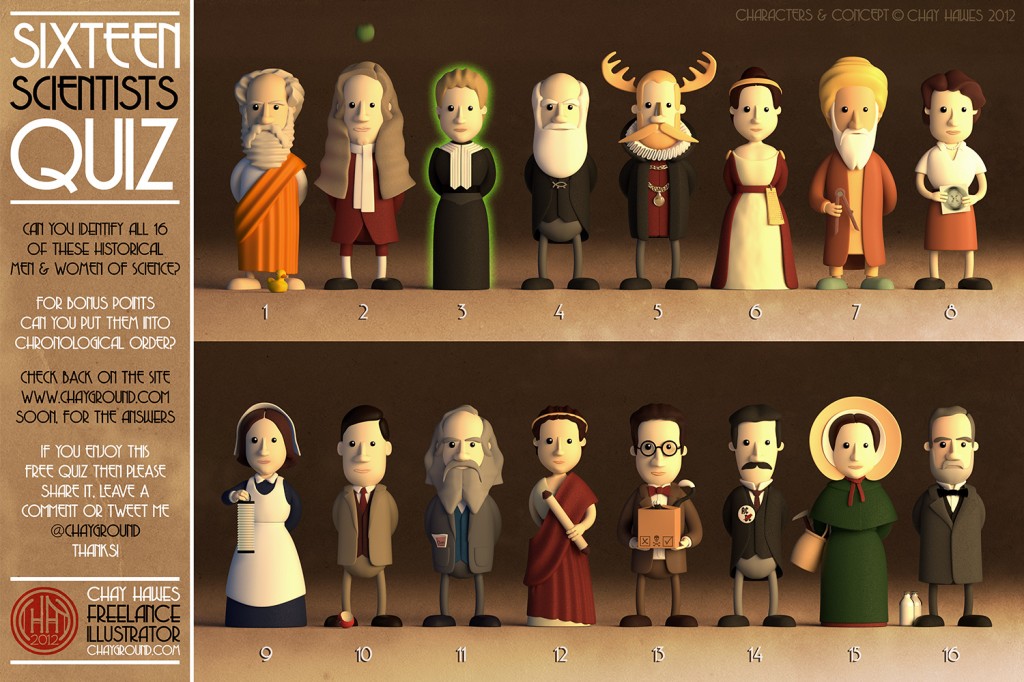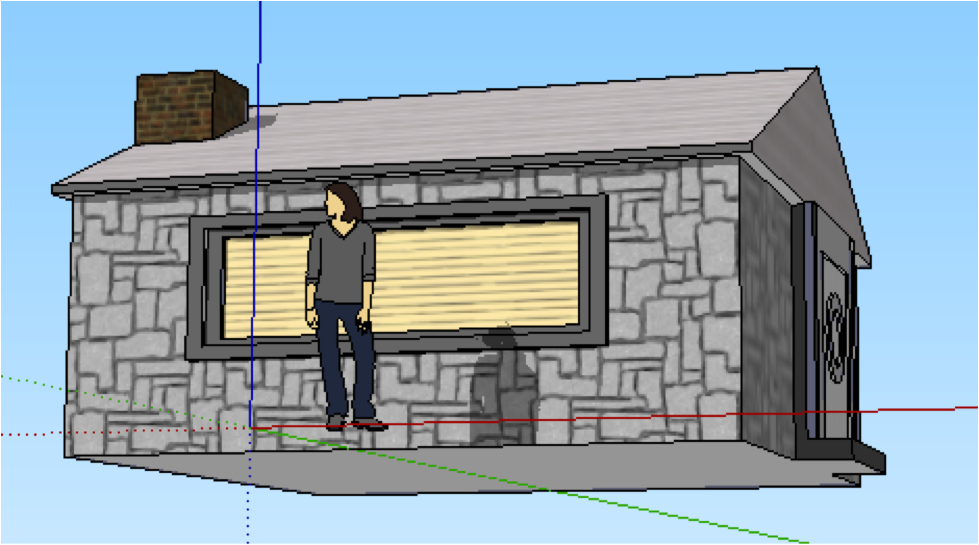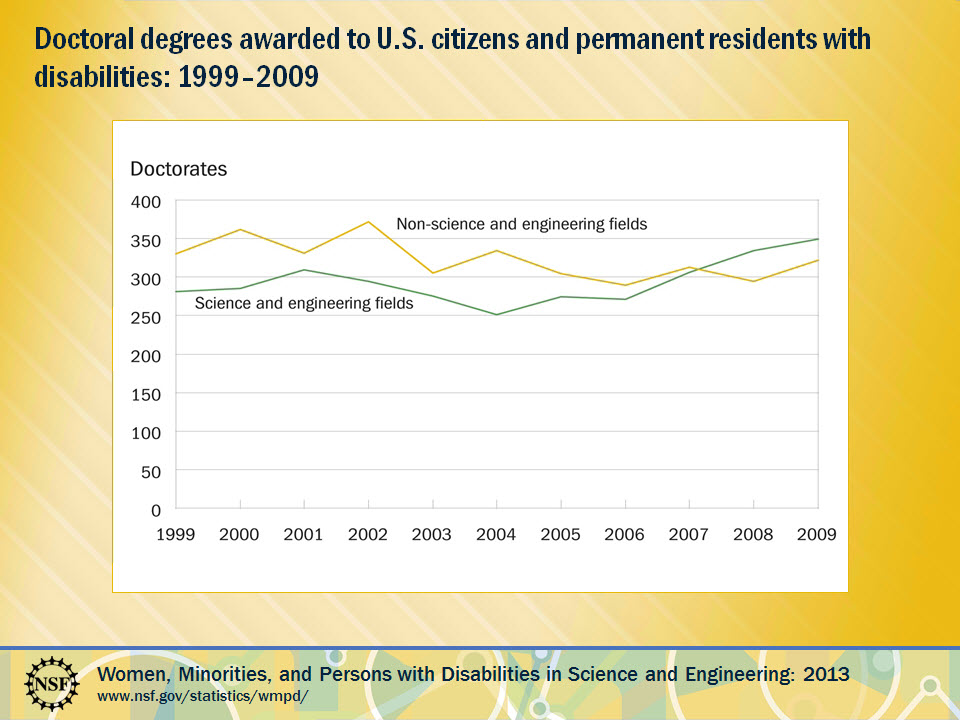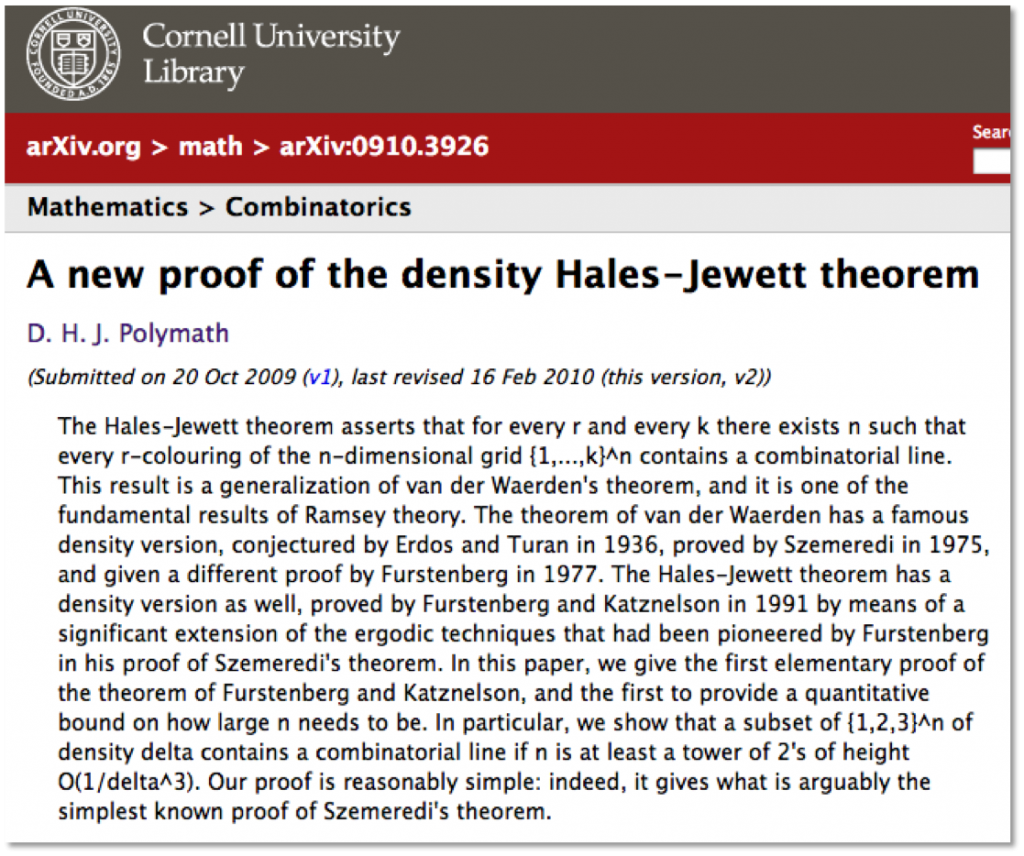There is no shortage of university rankings to be found on the Internet but I’d be hard pressed to find one as inclusive as the Webometrics Ranking, or as dedicated to self-improvement. The ranking, produced by Cybermetrics Lab (a research group of the Spanish National Research Council), covers more than 20 000 universities worldwide. They designed indicators of impact (links in to the university domain from third parties), presence (university pages found in Google), openness (files found in Google Scholar, including PDFs and other files from a university’s repository), and excellence (highly cited papers in scientific fields). It is quite an interesting methodology.
Posts By:
Compare databases
We are forever recommending the big databases for finding journal articles and conference proceedings but do you ever wonder how much overlap there is between the databases in science and engineering? You can compare databases using the Academic Database Assessment Tool from the Center for Research Libraries.
Compare the journal coverage of the two major multidisciplinary databases, Web of Science and Scopus, or see how the content overlaps with Compendex (engineering), Inspec (physics) and Geobase (geosciences). According to this tool, there are 11377 overlapping journal titles between Web of Science and Scopus – not a small number.
The redundancy in the search results from searching multiple databases is why we also recommend using citation management software. You can send all of your records to EndNote, for example, from the different databases and then remove the duplicates before you look through them to delete ones you don’t like and select papers of interest you’d like to read. EndNote can also check the McGill Library holdings and attach full text PDFs to records (just fyi).
Printable robots
This is my favourite U.S. National Science Foundation story of the week: printable robots designed to be consumer-friendly and inexpensive. We are not talking 3-D printing here, just good old fashioned inkjet. Okay, it isn’t that simple, it also involves a laser and motors and sensors, but think about what you could make if you let your imagination loose.
Women, Minorities, and Persons with Disabilities in Science and Engineering
In the spirit of McGill’s second Disabilities Awareness Week, I thought that I would bring your attention to this site from the U.S. National Science Foundation (NSF): Women, Minorities, and Persons with Disabilities in Science and Engineering. This site is where you can find statistics on women, minorities, and persons with disabilities in science and engineering education and employment. They write a report every two years, mandated by the Science and Engineering Equal Opportunities Act, and have made the latest digest available for download, along with the corresponding data files. The themes of the digest are enrollment, field of degree, employment status, occupation, academic employment, and persons with disabilities.
According to the NSF, persons with disabilities are underrepresented in the science and engineering workforce compared to the population as a whole. However, the graph below shows that since 2008, U.S. citizens and permanent residents with disabilities have earned more science and engineering doctorates than in non-S&E fields.
Polymath and open science
The Internet has inspired scientists to collaborate in new ways, such as with citizen science (posted last week). Take a look at the author of this article published in the physics eprint repository, arXiv. Polymath is not actually a person, it is a project. It began on the blog of a mathematician (Tim Gowers) in 2009 when an open invitation was sent out for anyone to contribute to solving a math problem that remained unsolved – it was solved in 37 days.
Polymath is a success story from the open science movement, where scientists are encouraged to share their research as early as possible in the process and not wait for formal publication. There are individuals, like Michael Nielsen (watch his Open science now! TED Talk), trying to change the culture of science and speed up scientific discovery. Open science is similar to the open access movement that aims to have journal articles openly available to all. It includes things like open notebooks where researchers keep online notes with their methods and research results (even if they were unsuccessful).
How would you encourage collaboration and openness in scientific research?
Calling all citizen scientists
There is room for everyone in science and researchers are harnessing the enthusiasm of everyday people (not to mention their free time) to work on projects.
Galaxy Zoo is perhaps the most famous example of citizen science, with over 200,000 volunteers classifying galaxy images taken from a robotic telescope. Citizens have always played an important role in astronomy but now anyone can contribute without buying expensive equipment. We humans are needed to describe the images but the task is too large for a researcher or group of researchers to take on. Thus far over 150 million galaxies have been classified by volunteer astronomers (zooites) and a few have gone on to make really neat discoveries.
A more local example is Phylo, a citizen science project from McGill. A lot of these projects are actually games that people can play (yes, science can be fun!) and this one uses your pattern recognition skills to solve DNA puzzles in order to learn more about gene mutations and genetic disorders.
I urge you to find a citizen science project that interests you. Take a look at this list from Scientific American. There are a lot of weather or nature watching options (Snowtweets, RinkWatch, ZomBee Watch, SubseaObservers). There is even an Open Dinosaur Project.
Happy exploring!
Name that scientist
 Here is a quiz from Chay Hawes that is sure to nag at you. Can you name these twelve scientists? I thought that the apple for #10 was a nice touch.
Here is a quiz from Chay Hawes that is sure to nag at you. Can you name these twelve scientists? I thought that the apple for #10 was a nice touch.
The answers are provided here if you are ready to give up (don’t give up! okay, I gave up).
Image from www.chayground.com
McGill videos on YouTube and iTunesU
I like posting videos in The Turret, like Minute Physics, TED Talks, and old scientific communication videos (I’m starting to think that I watch a lot of videos), but thus far I have neglected to talk about those created right here at McGill.
For example, in this video from the Soup & Science series Prof. Lehner from Geography poses the question: how much water do you use per day?
Videos from students and researchers are available on McGill’s YouTube channel or iTunesU (this link will launch iTunes).
Happy viewing!
Trimble SketchUp
 Here is a 3D drawing tool that surprised me by being extremely easy to use, not to mention free to download. SketchUp is one of the geo line of products that was offered by Google but was sold last year to Trimble.
Here is a 3D drawing tool that surprised me by being extremely easy to use, not to mention free to download. SketchUp is one of the geo line of products that was offered by Google but was sold last year to Trimble.
I followed the new to SketchUp video tutorials to build this snazzy house. That is me outside trying to look cool because, as per usual, I can’t find my keys.
Happy sketching!
What *should* we be worried about?
Do you ever wonder what is on the minds of influential scientists, scholars, writers and artists? What are the thinkers thinking about?
The Edge is here to help, by probing great minds with great questions, like “What scientific concept would improve everybody’s cognitive toolkit?” or “How is the Internet changing the way you think?”
I’m making my way through the responses to the 2013 Edge question: “What *should* we be worried about?”
Happy worrying?



